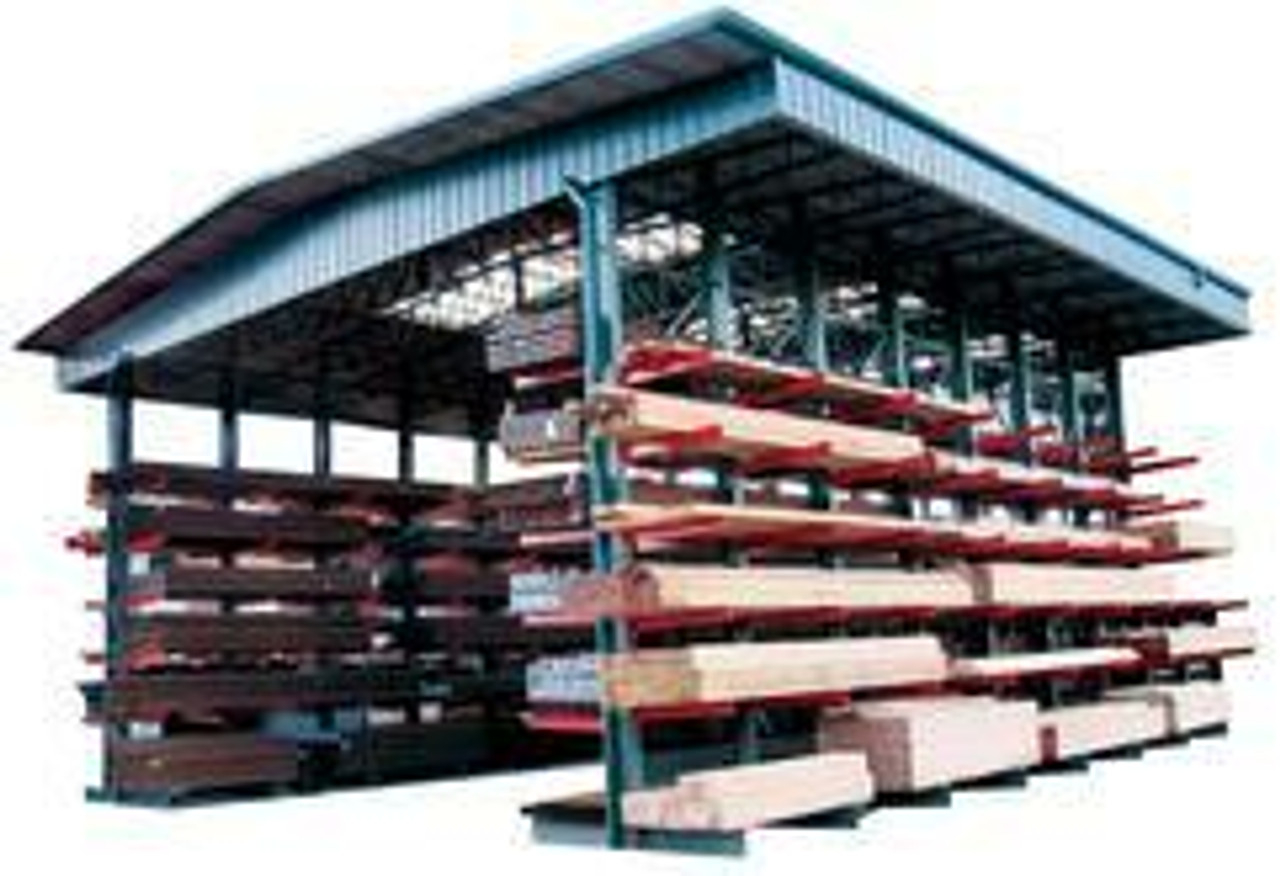
Rack Systems
Whether it's pallet rack, cantilever rack, bulk racks, stacking racks, or pallet rack systems, Material Flow has industrial rack systems for all your warehouse racking organization needs. Rack Systems are designed to provide strong, efficient, and scalable storage for warehouses, distribution centers, and industrial facilities. Whether you need pallet racks for bulk goods, cantilever racks for long or irregular materials, or modular storage systems for maximum flexibility, we offer rack solutions engineered for heavy-duty performance. Built from high-strength steel and fully customizable, our rack systems improve space utilization, streamline inventory access, and help meet OSHA compliance. Choose from a range of sizes and capacities to support any material handling or industrial storage environment.
 Custom Solutions
Custom Solutions Great Pricing
Great Pricing Exclusive Products
Exclusive Products Competitive Shipping
Competitive Shipping Real People
Real People
What are industrial rack systems and accessories?
Industrial rack systems and accessories are specialized storage solutions designed to efficiently organize and store various materials, equipment, or products in industrial settings, such as warehouses, factories, distribution centers, or manufacturing facilities. Accessories complement rack systems by enhancing functionality, safety, or customization.
What types of industrial rack systems are available?
Industrial rack systems include pallet racks, cantilever racks, drive-in racks, push-back racks, mezzanine systems, and stackable racks, each tailored to specific storage needs, load capacities, and space constraints.
What are examples of accessories used with industrial rack systems?
Examples of accessories for industrial rack systems include:
- Rack guards
- Post protectors
- Rack netting
- Safety panels
- Aisle marking tape
- Column protectors
- Rack labels
- Load beams
- Wire decking
- Dividers
- Bin boxes
These accessories are designed to improve safety, organization, and efficiency.
How do industrial rack systems and accessories improve warehouse operations?
Industrial rack systems and accessories enhance warehouse operations by maximizing storage space utilization, increasing accessibility to stored items, promoting inventory organization and visibility, improving safety by reducing the risk of accidents or damage, and facilitating efficient material handling processes.
What factors should be considered when selecting industrial rack systems and accessories?
Factors to consider when selecting industrial rack systems and accessories include the type and size of items to be stored, load capacities, available space, facility layout, compatibility with existing equipment, safety requirements, regulatory compliance, and budget constraints to ensure optimal storage solutions tailored to specific operational needs.

